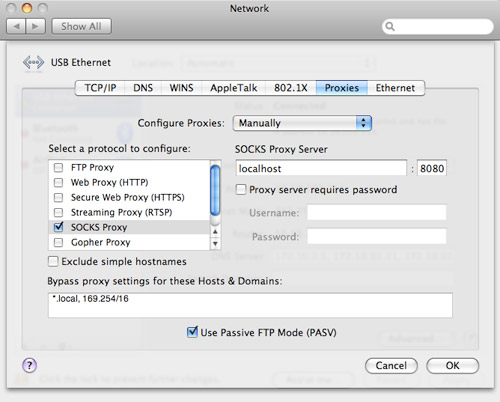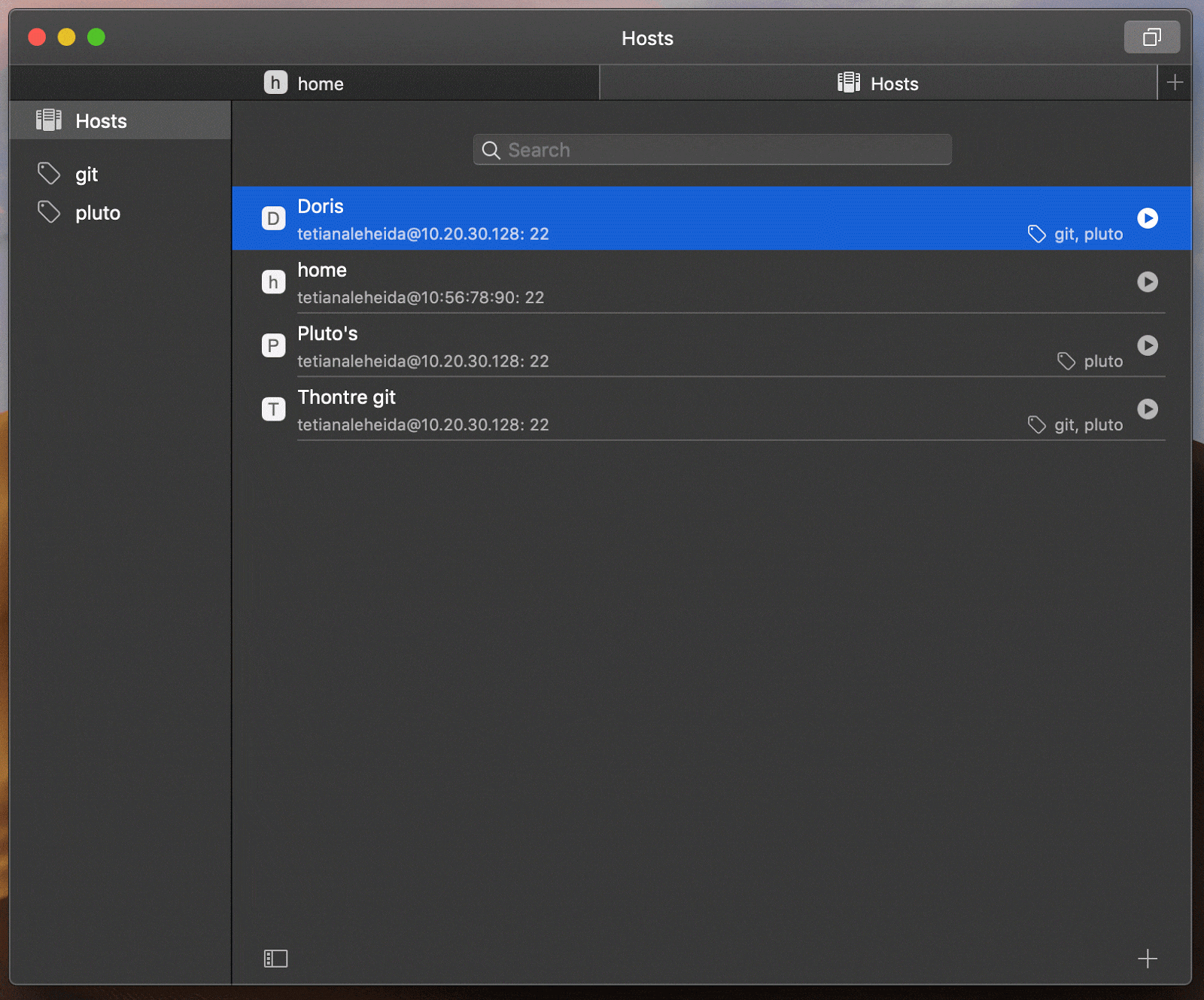

- #CONFIGURE OS X FOR SSH LOGIN FOR MAC#
- #CONFIGURE OS X FOR SSH LOGIN PASSWORD#
- #CONFIGURE OS X FOR SSH LOGIN MAC#
In some case the command you want to execute remotely can prompt for information, usually a password. You can combine multiple commands with $ ssh hostname sw_vers system_profiler SPHardwareDataType
#CONFIGURE OS X FOR SSH LOGIN PASSWORD#
The ssh command will prompt for the password and the print the output of the command from the remote machine. Instead of opening a remote shell you can use ssh to just execute just a single command on the remote host: $ ssh sw_vers If you frequently connect to certain hosts you may want to create an ssh short cut file, which you can then just double click or invoke with spotlight.
#CONFIGURE OS X FOR SSH LOGIN MAC#
This will return you to the shell on your Mac where you executed the ssh command. To end the remote session, just use the exit command. If you happen to be logged in on the same Mac with the same user, then the command will work, but open will open and display the Finder window on the remote Mac, not the Mac you are working on, which can be confusing. LSOpenURLsWithRole() failed with error -10810 for the file /Users/armin. Most common examples are open and osascript (AppleScript).

In these cases, commands that interact with the UI, will fail, since the UI is either not running, or running as a different user. You can even connect with one user, while a different user is logged into the Mac with a UI session. You can connect with ssh when no user is logged in, i.e. Any command you enter now, will be run on the remote computer. Once you enter that you will get the prompt and have a secure shell to the remote computer. Next ssh will prompt you for the password on the remote computer. We will discuss keys and security in a later post. This will add the host to the list of known hosts, so the prompt will not return when you connect again. (Your actual fingerprint will look differently.) This prompt tells you that your ssh does not recognize this host and gives you a chance to not connect. The authenticity of host ' (IP address)' can't be established.ĮCDSA key fingerprint is SHA256:abcdefghhijklmonpqrstuvwxyz.Īre you sure you want to continue connecting (yes/no)? When you connect to a remote machine for the first time you will get this prompt: ssh That is a useful shortcut if the username is the same on both systems. If you do not give a username, ssh will use the short name you are currently logged in as. Open Terminal and enter: $ ssh alternatively (different syntax, same result, which one you prefer is a matter of taste) $ ssh -l username To connect to a machine from another Mac (the one you are working on) is simple enough. This post was written for Munki but should be fairly easy to adapt to other systems. Note: If you want to control which users have access with a script, I have an example in this post. To override this helpful notice, you can add the -f option: $ sudo systemsetup -f -setremotelogin offĪnd if you want to know which hostname a Mac thinks it is, use the hostname command: $ hostname Turning SSH off with this command helpfully reminds you that if you are currently connected remotely, you will disconnect with this command and have to login locally to re-enable. You can also enable SSH access from the command line with $ sudo systemsetup -setremotelogin onĪnd turn it off again with $ sudo systemsetup -setremotelogin off The Sharing pane will also show the current hostname of this computer: Computers on your local network can access your computer at: Here you can also control whether all users on the Mac can get SSH access or just some of them. In the UI you can do this in System Preferences > Sharing, by enabling the ‘Remote Login’ option. Before you can connect to a Mac with SSH you need to enable access. Enable SSH accessīy default SSH access is disabled on macOS. not bash, different commands, etc.), so be sure you understand the remote system. Of course, when you SSH to a different system, the environment you get through SSH might be very different (i.e.

You can use SSH to connect to Macs as well as any other computer which supports SSH and has it enabled. This may not seem unusual today, but it did replace many unsecured protocols such as telnet and rlogin. On macOS SSH access is sometimes called ‘Remote Login’.Īs the name implies, connections over SSH are encrypted and secure. On macOS you will usually initiate an SSH session with the Terminal application, though there are other third party applications for macOS and iOS that support the SSH protocol as well. It is a protocol that allows you to open a shell (terminal session) on another remote computer over the network. Please consider supporting Scripting OS X by buying one of my books! What is SSH?
#CONFIGURE OS X FOR SSH LOGIN FOR MAC#


 0 kommentar(er)
0 kommentar(er)
